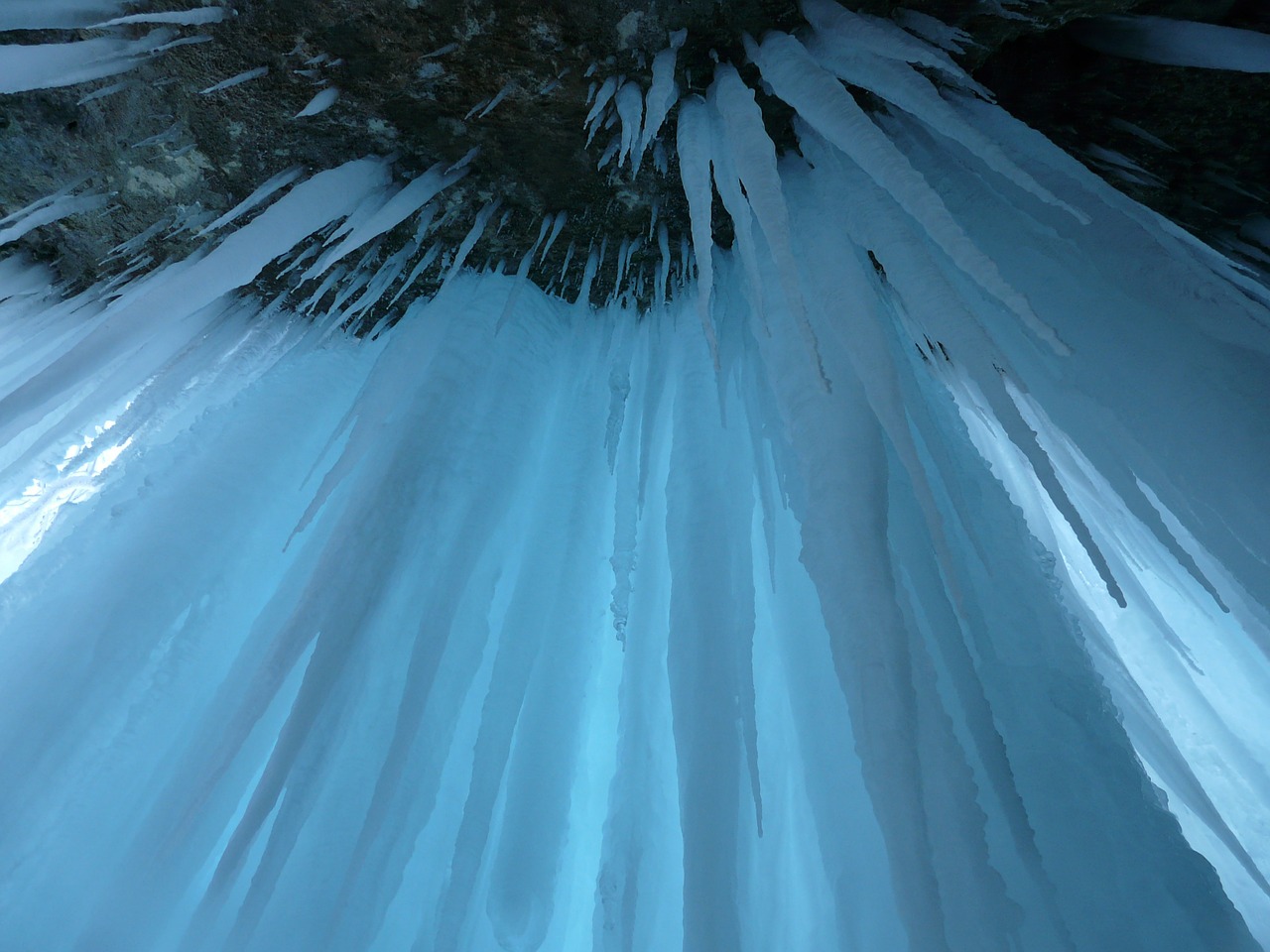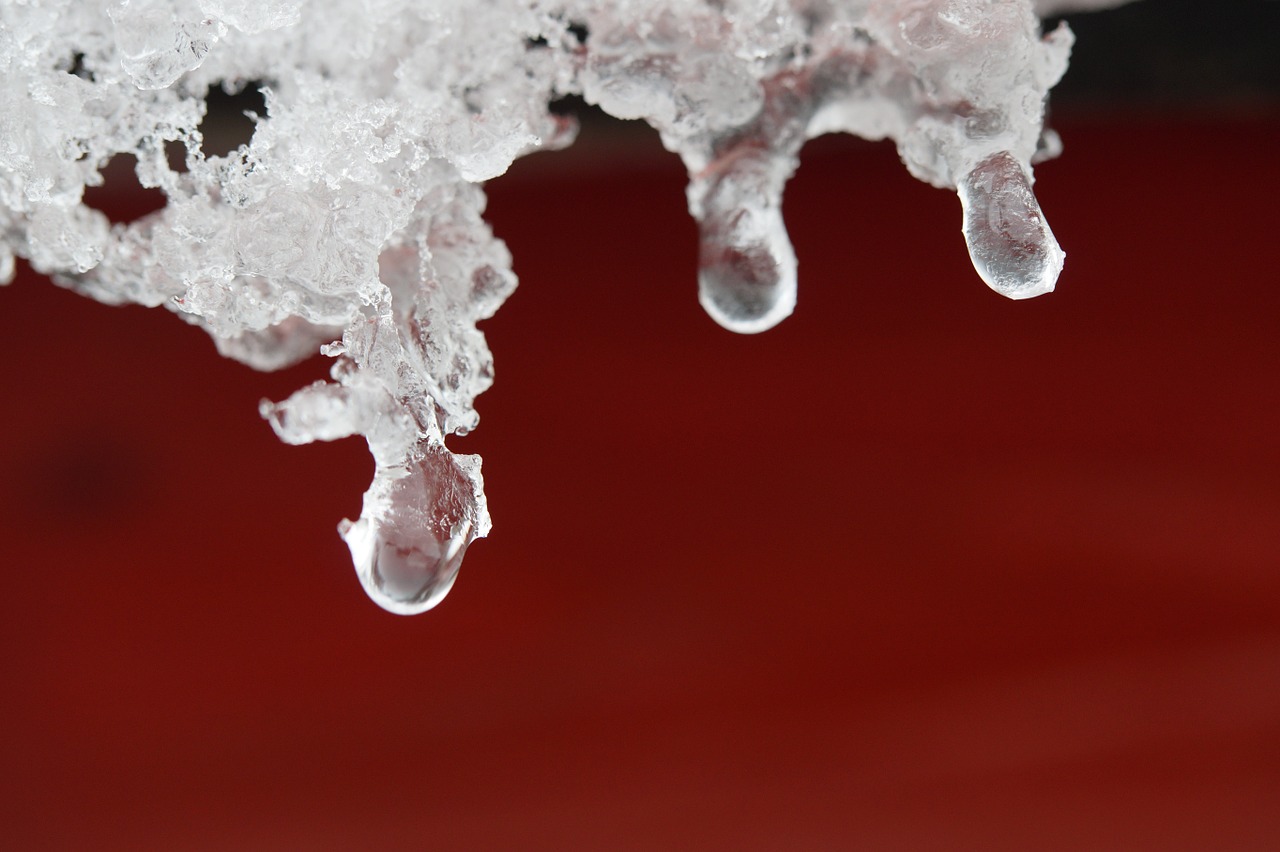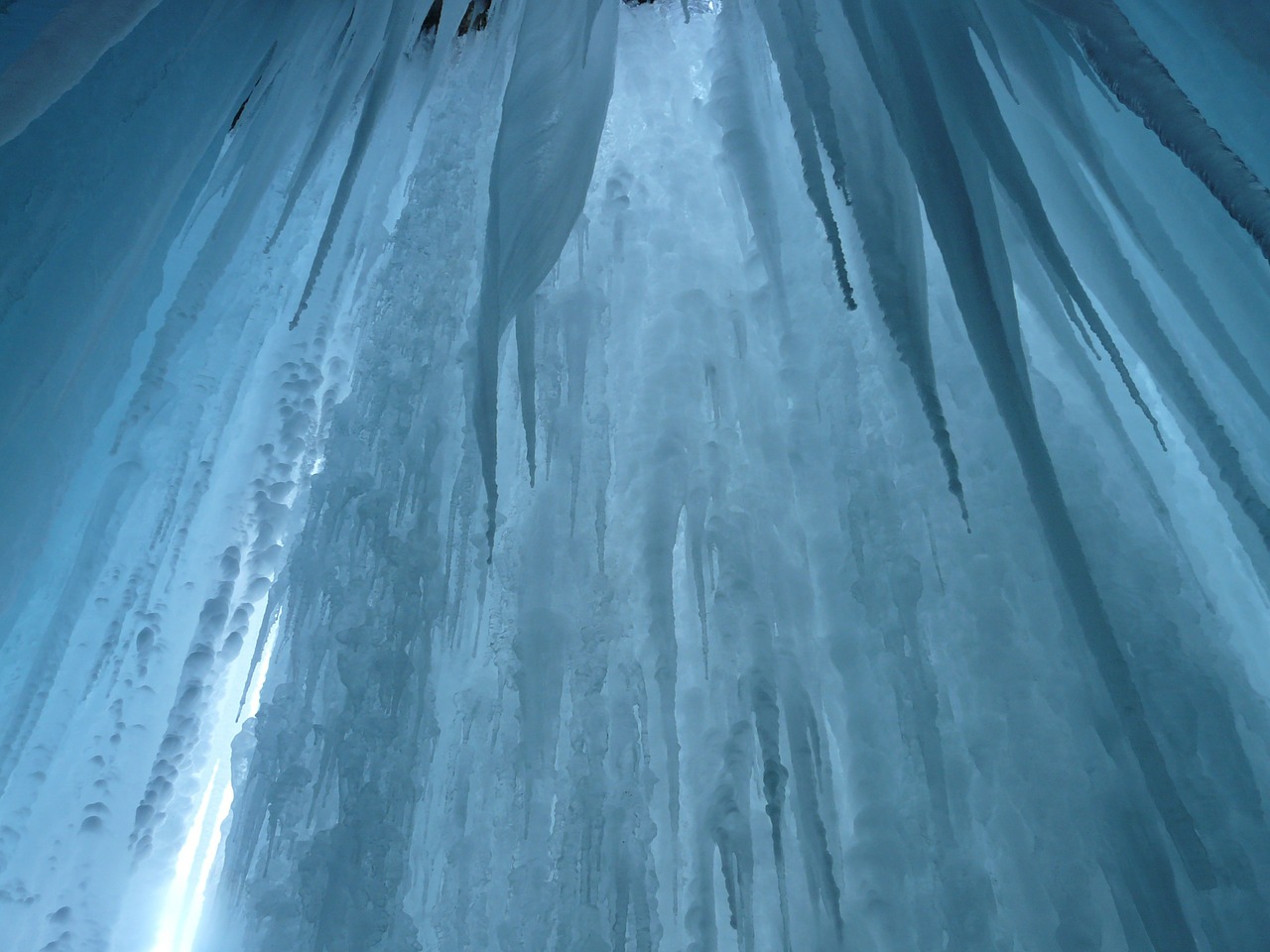Strange Ice Mine in Pennsylvania Produces Ice in Summer

Ice and winter often go hand in hand. Any mention of ice and snow in the summer will earn you a confused look, except if you’re offering them a drink.
However, this universally accepted notion is not so universal after all, thanks to a puzzling geographic anomaly. Pennsylvania is the home of the Coudersport Ice Mine that has been baffling researchers and visitors for a long time with its ability to produce lumps of ice only in the summer.
The ice inside the cave-shaped mine is not in fragments or odd pieces here and there, rather the 40 feet deep chasm has a thick layer of ice at the bottom while large icicles are hanging from the sides.
The spectacular sight stays intact all through summer. As soon as the temperature starts dropping the ice, in contrast to the established science, starts disappearing and often visibly melting.

The mine has been around for a while now and was first discovered accidentally by a silver prospector in 1894. In his hunt for silver, John Dodd came upon the mine and thought of it as a mass storage of silver. However, he was astonished to find the mountains of ice stored at the bottom.
Later it became evident that, unlike other natural ice mines, Coudersport reacts to the hotter weather in a strange manner by producing more ice as the temperature rises and melting it as it becomes colder.
Some theories have surfaced since the phenomenon first became public, some bizarre and other a bit more plausible, but all in all it remains a mystery for the researchers. The most likely scenario presented is the fact that a subtle and unseen air flow within the icy pit contributes to the phenomenon.

The most plausible theory suggests that during the cold winters the air enters into the mountain using the cracks in the rocks only to become concentrated in the interconnecting crevices. When this trapped air comes in contact with the water, stored only in the summer, it turns the water into ice. With the emergence of spring, the trapped warm air in the rocks all through the summer season is finally expelled as the cold air is absorbed from the outside hence melting the ice formed during summer.
The original cave served as a natural freezer all through the early 20th century. The cave is roughly 40 feet deep, and about 8 feet wide, the length of the entire cave including the approach is just above 10 feet. The ice mine and surrounding property were purchased by a new owner in 2013 after it was closed down nearly quarter of a century ago.
